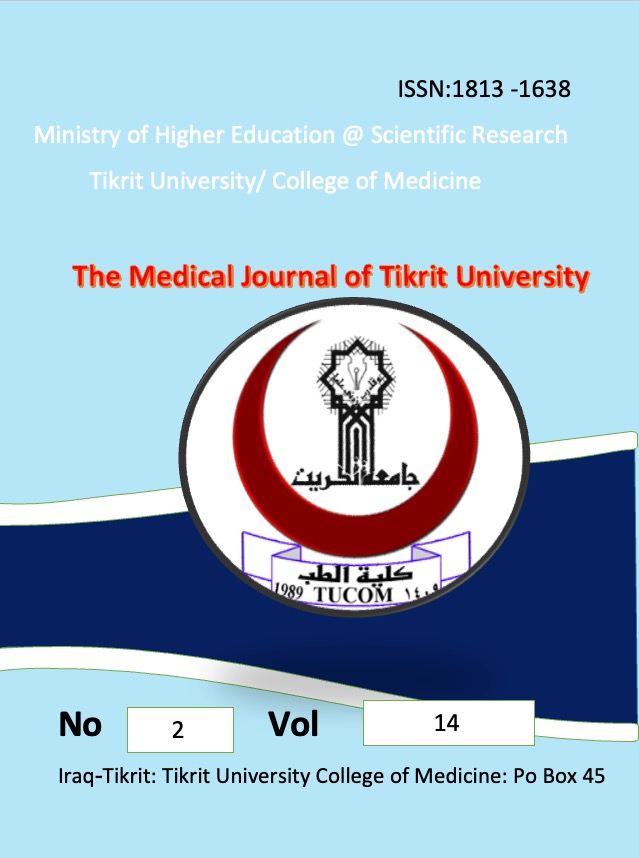Dental morphology and crowding in 12-16 year old lraqi children
Abstract
Dental casts from one hundred 12-16 year old school children from Salaaldin city were used.The objective of this study was to compare ,combined and individually the mesiodistal (MD) and buccolingual (BL) tooth sizes as well as their respective crown proportions in the permanent dentition in dental arches with moderate, mild and no crowding. The MD and BL tooth sizes of all permanent teeth except second and third molars were measured, and their crown proportion (MD/BL ratio) was estimated. Each dental arch was classified as presenting moderate(-5.lmm or more of discrepancy), mild (-0. Imm and -5mm of discrepancy), and no crowding (zero or a positive discrepancy).Combined and tooth-specific comparisons among the crowding groups for the tooth sizes as well as crown proportions were performed with a multivariate analysis of variance (MANOVA). Combined MD tooth sizes and crown proportions differed among crowding groups. Subsequent individual comparisons indicated differences for MD tooth size of all upper teeth and for lower premolars and central incisors. Differences were also detected for crown proportions of the upper second premolar, canine, and both incisors; as well as for the lower first premolar, canine, and central incisor. No differences were found for the BL tooth sizes among crowding groups. MD tooth sizes and crown proportions from specific teeth are significantly different between dental arches with moderate, mild, and non crowded arches. This study helps to understand the odontometric component of the dental crowding multifactorial origin.





